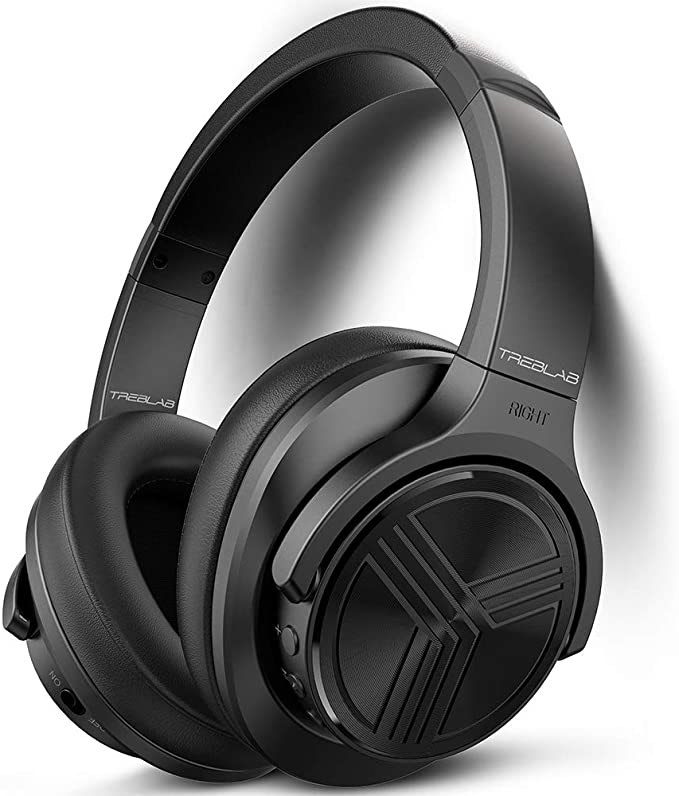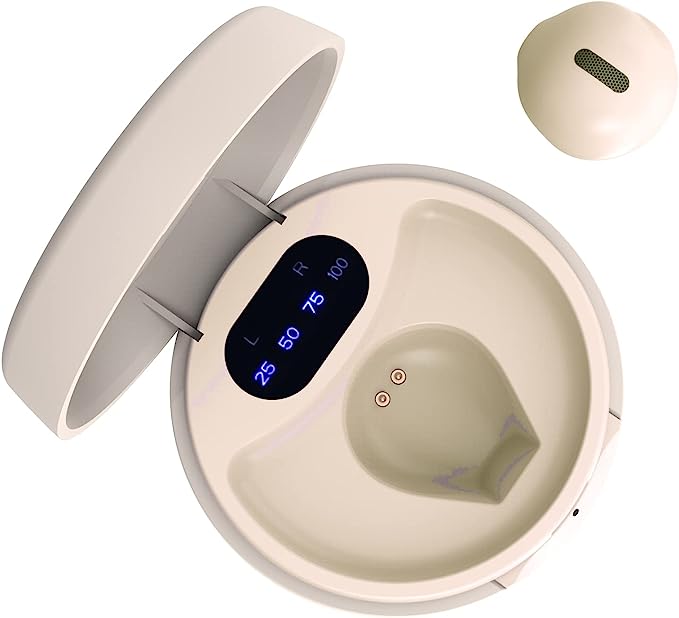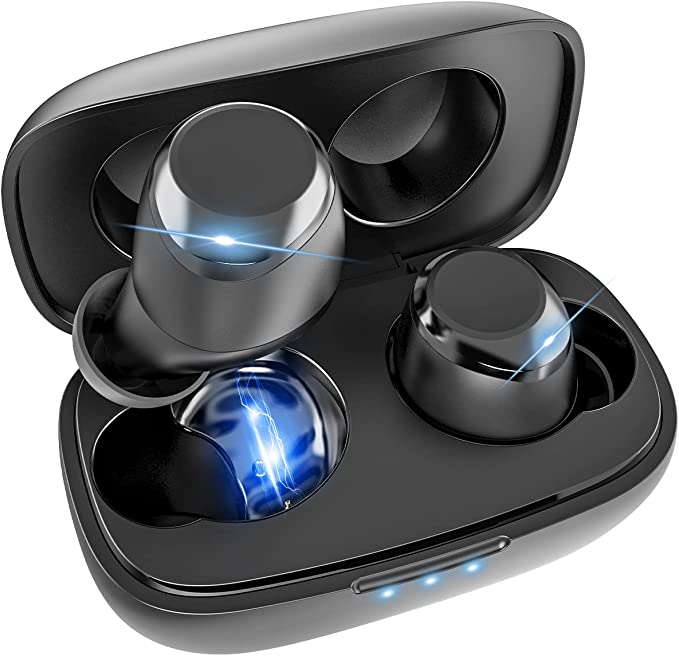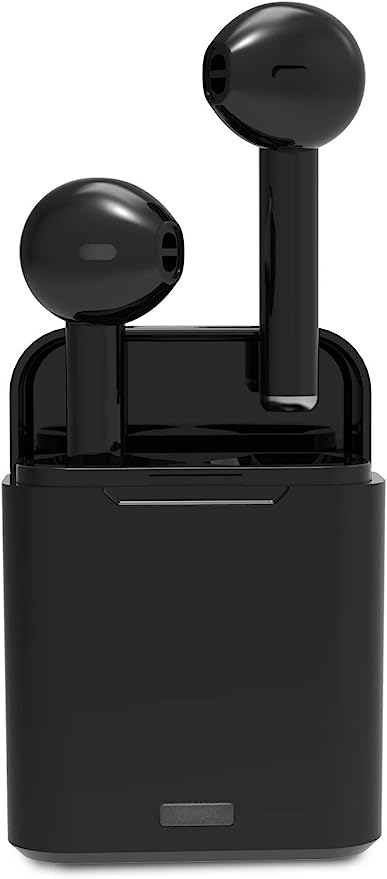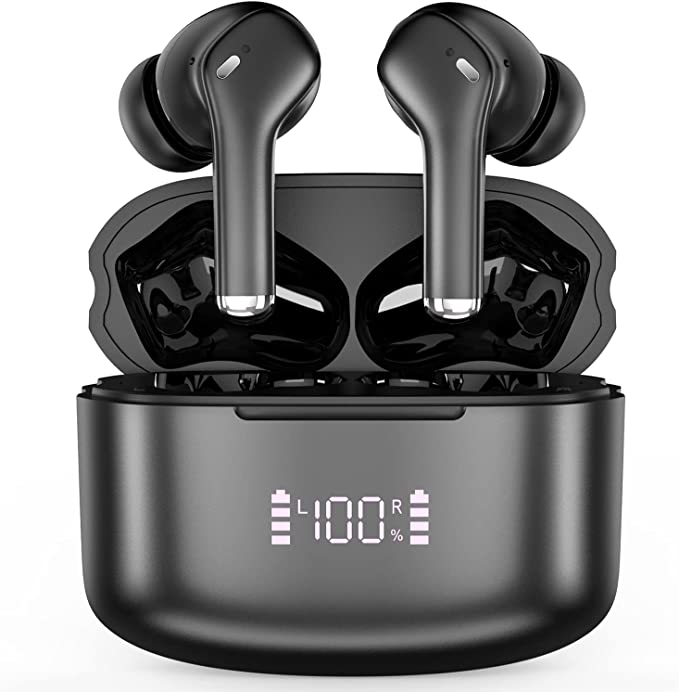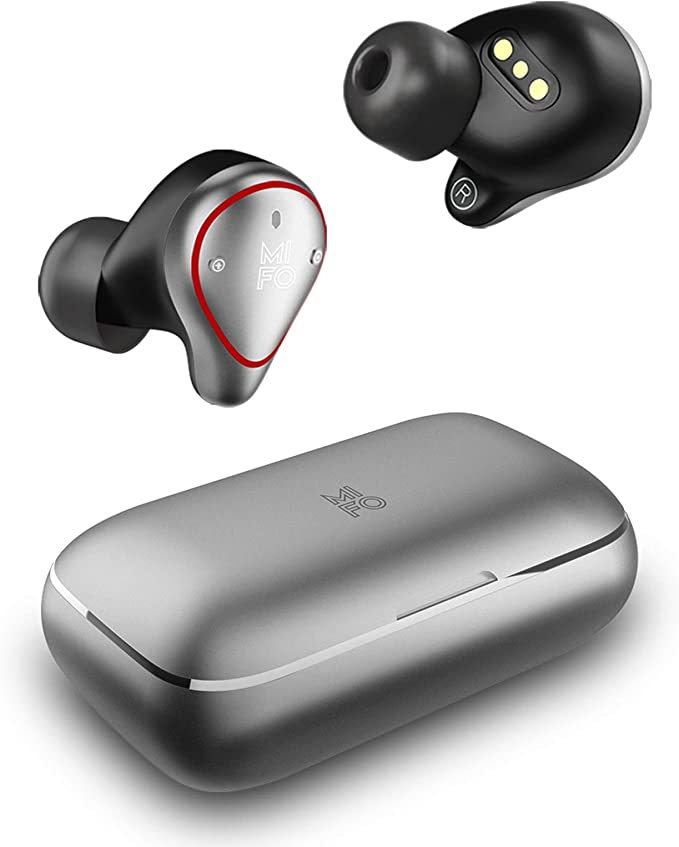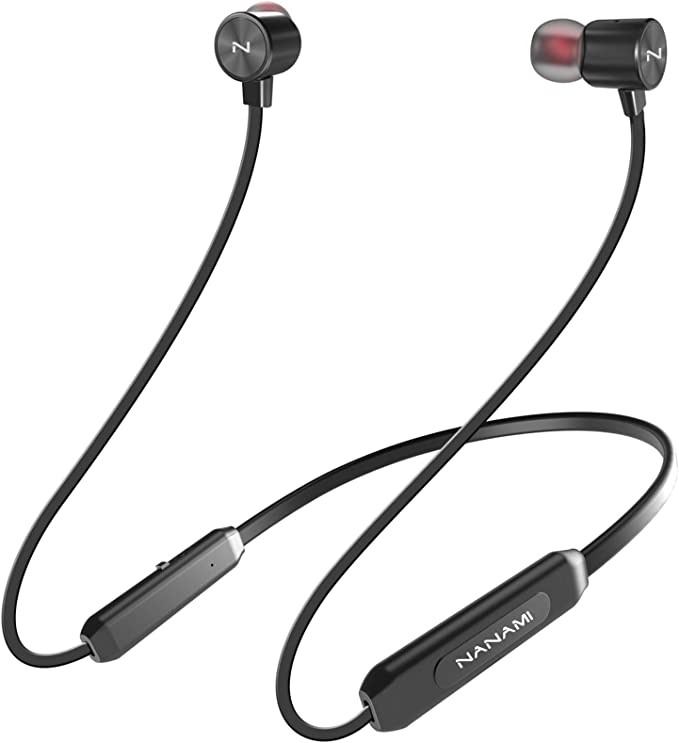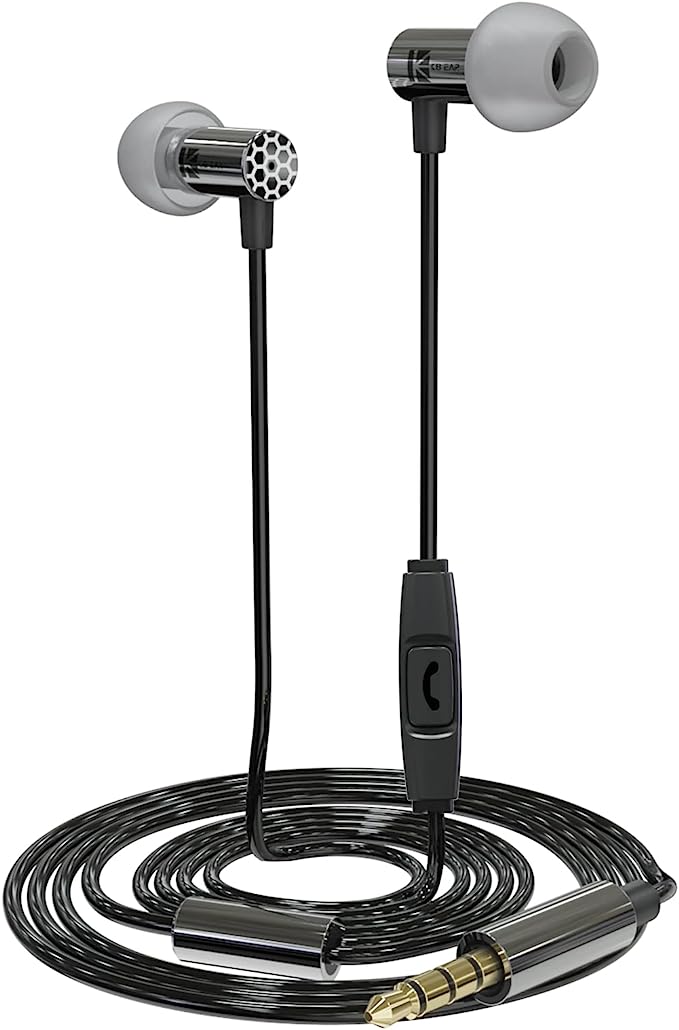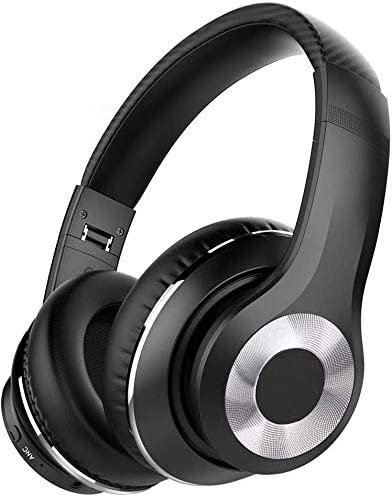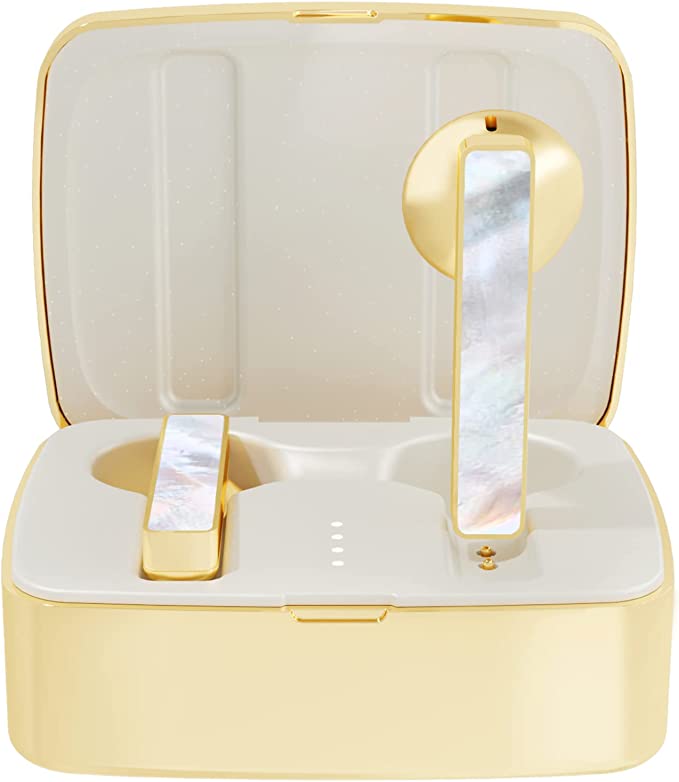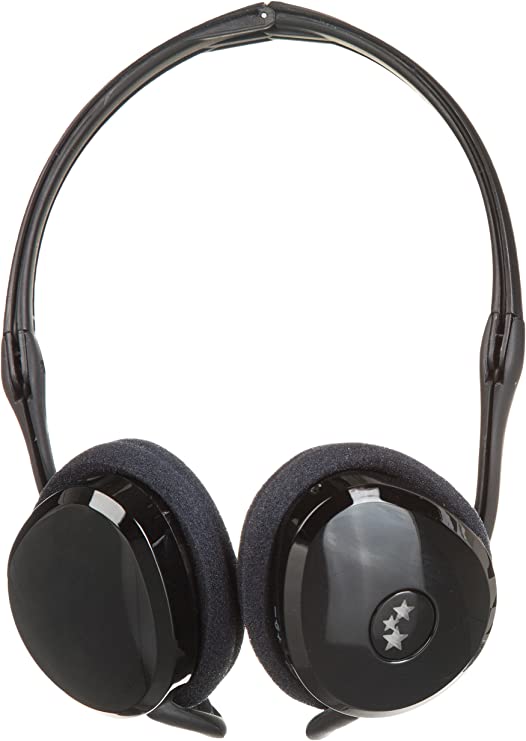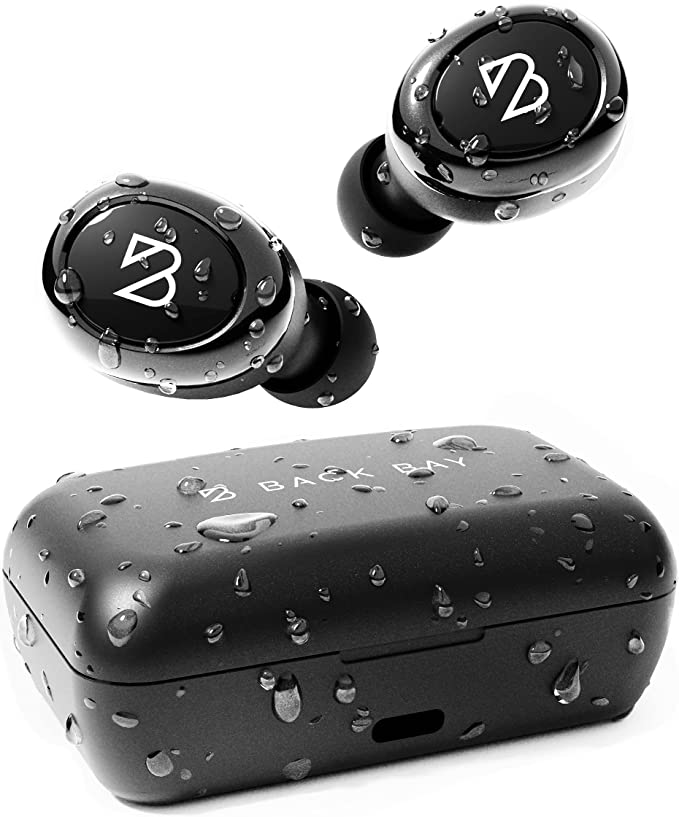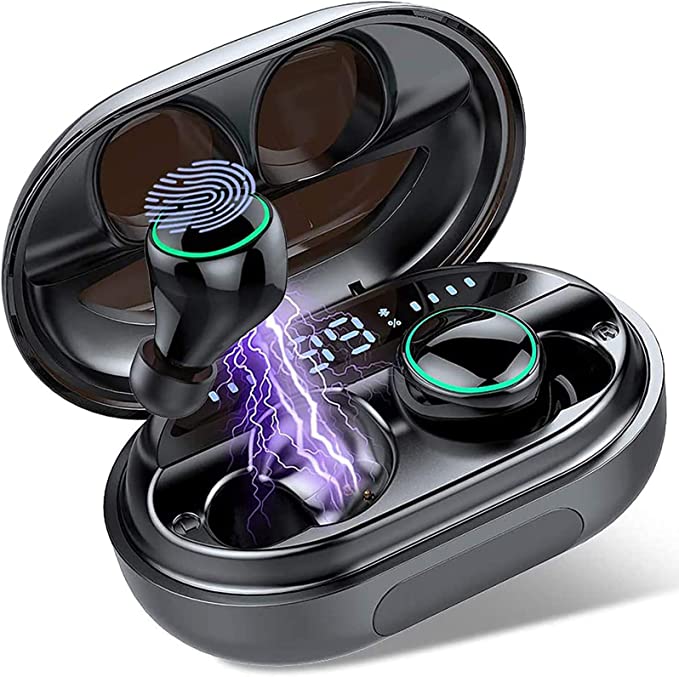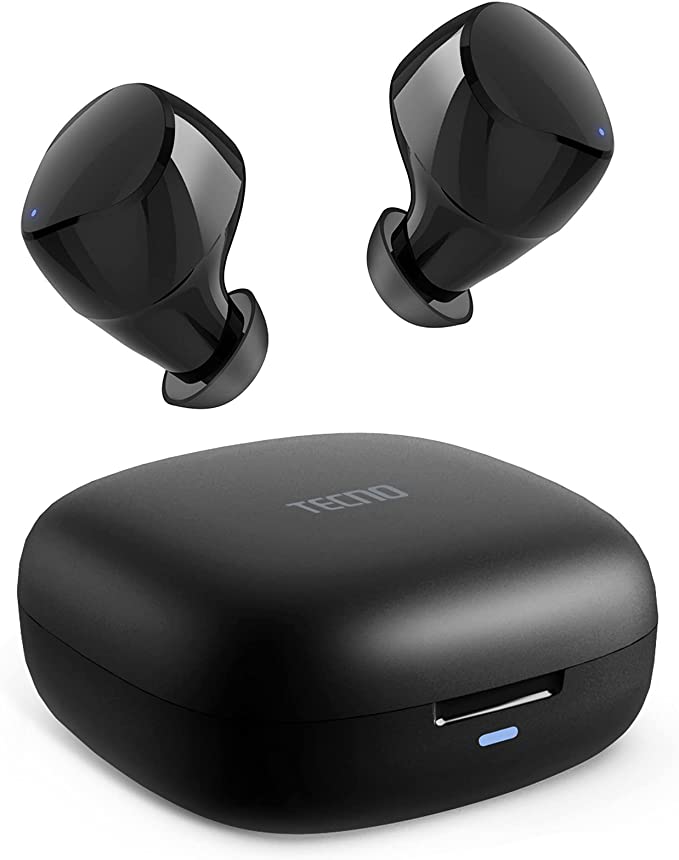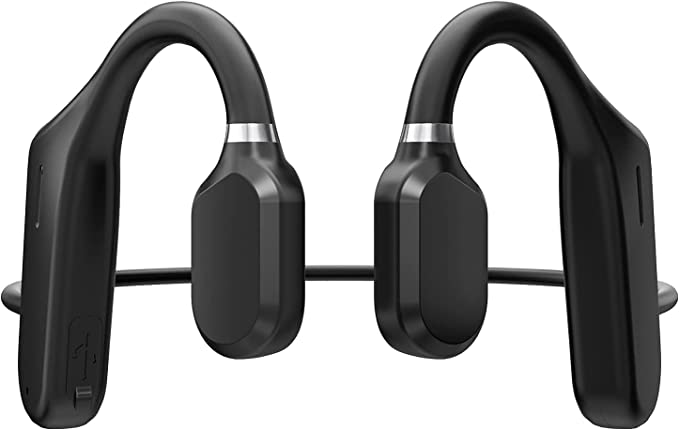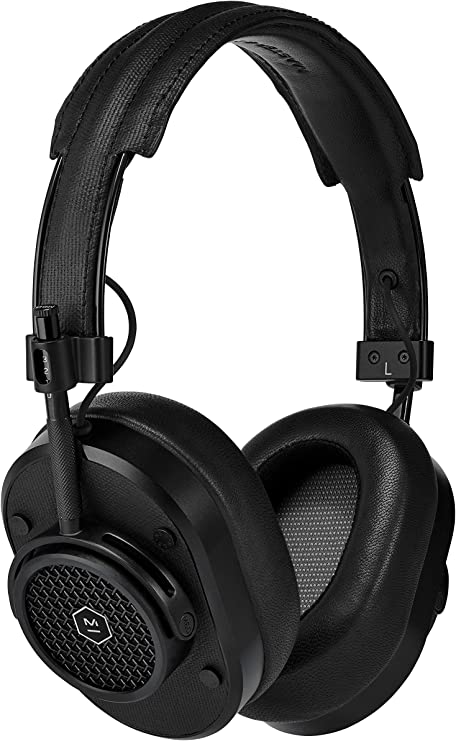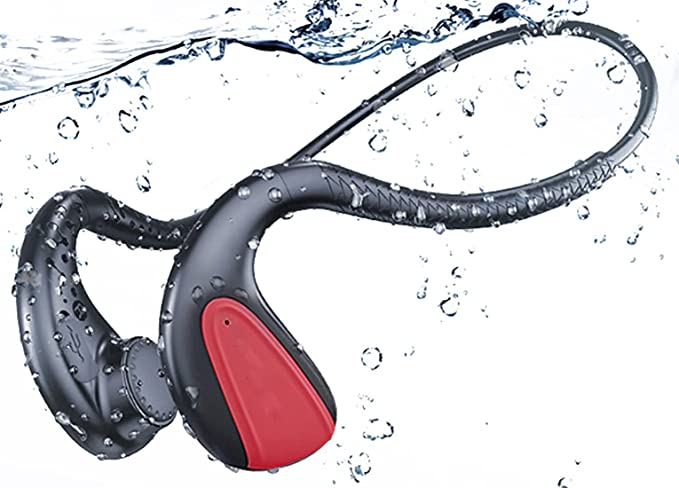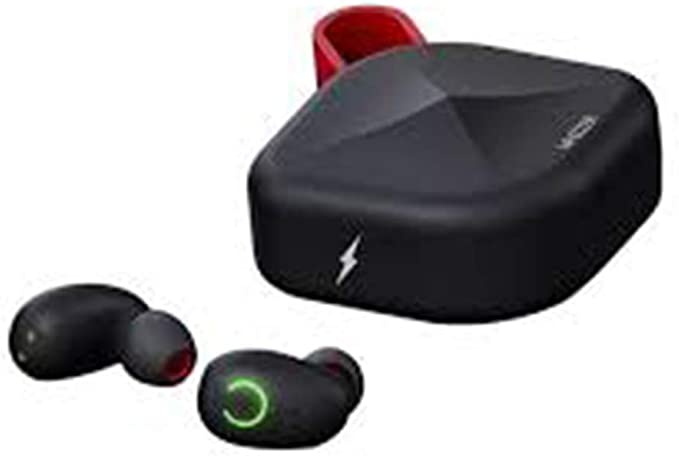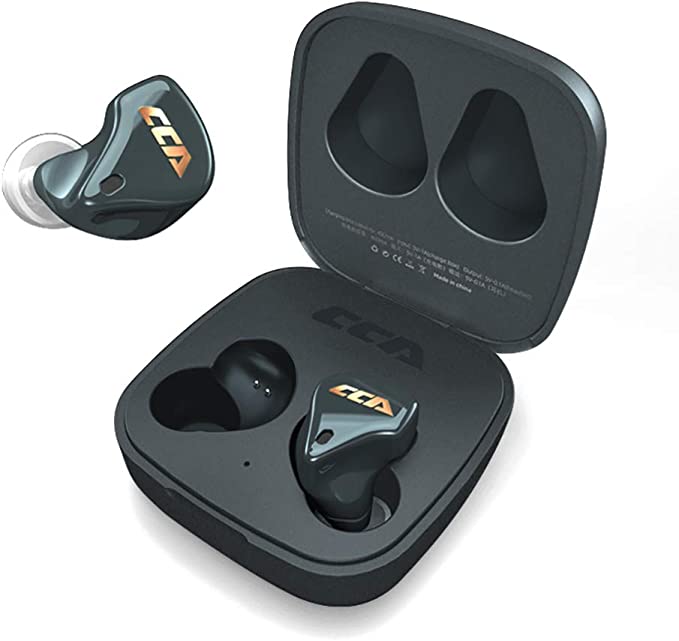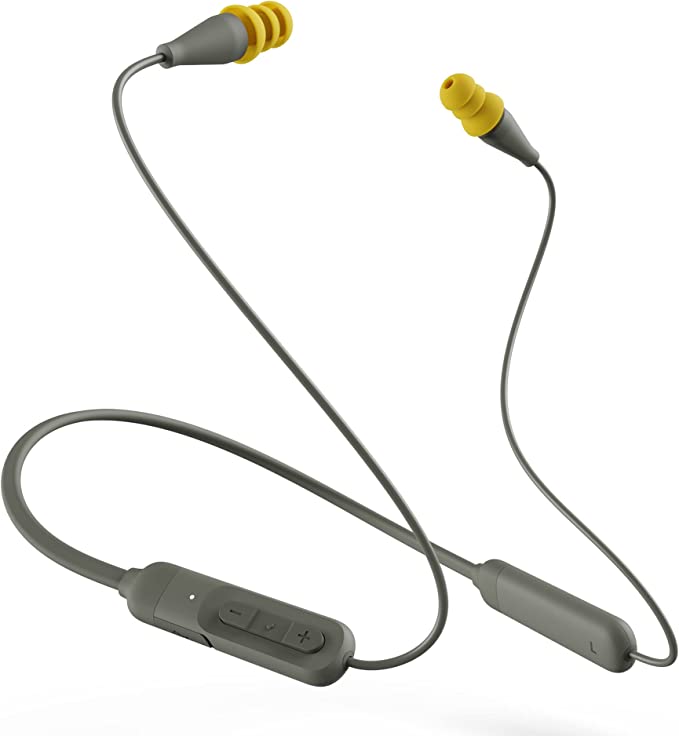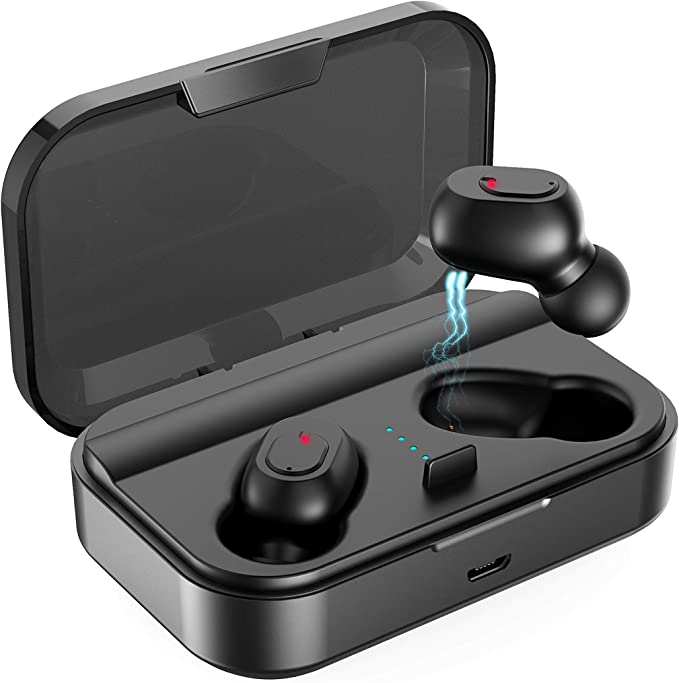Loluka Smallest Earbuds - Discreet and Lightweight Bluetooth Earpiece for Versatile Use
Update on June 25, 2025, 4:21 p.m.
We live in an era of quiet paradoxes. We crave constant connection – to our music, our podcasts, our calls – yet we increasingly desire the technology enabling it to be virtually invisible. The ideal is an audio experience that’s deeply immersive yet physically unobtrusive, a soundtrack to our lives that doesn’t demand a visible stage. This quest for seamless integration has pushed engineering to remarkable limits, particularly in the realm of personal audio. Enter the world of ultra-small wireless earbuds, like those offered by Loluka, which promise a full sound experience from a package barely there. But how is such a feat of miniaturization achieved? What symphony of scientific principles allows these tiny devices to connect, play, and endure? Let’s peel back the layers and explore the fascinating science packed into these diminutive audio companions.

The most immediate marvel of devices like the Loluka B2 is their sheer tininess. We’re talking about an earbud measuring around 25 millimeters – roughly the diameter of a U.S. quarter – and, as Loluka claims, weighing a mere 0.4 ounces (around 11.3 grams) for a single unit. While that weight figure seems surprisingly high for the “smallest” category (many tiny buds are closer to 4-6 grams), the ambition is clear: to create something that can be “perfectly concealed in the ear and hair.” This isn’t just about making things small; it’s an intricate dance of micro-engineering. Imagine the challenge: within that tiny 25mm shell, designers must house a dynamic driver to produce sound, a battery to power it, a sophisticated Bluetooth antenna and chipset for wireless communication, and a printed circuit board (PCB) dense with micro-components. It’s akin to designing a fully functional miniature city on the head of a pin. Materials science also plays a crucial role, seeking plastics or composites that are both feather-light and durable.
Then there’s the ergonomics of invisibility. An “anti-dropped” design is touted, aiming for a secure fit. Yet, as some user experiences suggest, what’s “smallest” for one ear might be a challenging fit for another – the human ear is a landscape of incredible diversity. Crafting a universally comfortable and secure tiny earbud is a perpetual design tightrope walk, balancing diminutive size with the practicalities of human anatomy.

At the core of these earbuds’ untethered existence is Bluetooth 5.0. This isn’t just a fancy version number; it’s a critical enabler for such compact, power-conscious devices. While Bluetooth 5.0 can boast longer ranges and faster data speeds in ideal conditions, for tiny earbuds, its key strengths often lie in improved connection stability and significantly better power efficiency compared to its predecessors. This efficiency is paramount when your battery is, by necessity, also tiny. The product information for the Loluka earbuds mentions support for protocols like L2CAP (Logical Link Control and Adaptation Protocol) and, crucially, A2DP 1.2 (Advanced Audio Distribution Profile). Think of A2DP as the specific language Bluetooth uses to stream high-quality stereo audio from your phone, tablet, or laptop directly to your ears. This adherence to standardized protocols is why such earbuds can claim “universal compatibility” – they speak the common tongue of modern Bluetooth-enabled devices, whether iOS, Android, or PC. The claimed 10-meter transmission distance is typical for Class 2 Bluetooth devices, creating a personal bubble of wireless sound, though walls and interference can, of course, affect this in the real world. The entire system operates within the 2.4 GHz ISM (Industrial, Scientific, and Medical) radio band, a busy but effective highway for short-range wireless communication, employing clever techniques like frequency hopping to sidestep interference and maintain a clear connection.

Powering this micro-world is a feat in itself. Each Loluka earbud reportedly houses a 50mAh (milliampere-hour) battery. To put that in perspective, smartphone batteries often boast thousands of mAh. Yet, this tiny spark is engineered to deliver around 4 hours of continuous music playback. This is possible due to the aforementioned power efficiency of Bluetooth 5.0 and the incredible energy density of modern lithium-ion or lithium-polymer battery cells. These advanced chemistries can pack more electrical energy into a smaller, lighter package than ever before. When it’s time to refuel, the earbuds snap into their magnetic charging case – the magnets ensuring precise alignment for charging contacts. This case, often with its own larger battery, can then fully recharge an earbud in about an hour, with the case itself conveniently charging via a modern Type-C port. This quick-charge capability relies on sophisticated power management integrated circuits (PMICs) that carefully control the flow of electricity to the tiny batteries, optimizing charging speed while safeguarding their longevity. The ability to see the earbud’s battery level on your phone is another neat trick of the Bluetooth standard, keeping you informed before the silence descends.

Crafting a satisfying audio experience within such confined quarters presents its own set of acoustic challenges. Loluka mentions “HI-FI sound quality.” In general, high fidelity means the sound reproduction is faithful to the original source, with minimal distortion and a balanced frequency response. Achieving this in an earbud that’s mostly battery and electronics is a tall order. The sound you hear is generated by a miniature transducer, or driver. While the specifics aren’t detailed, these are typically tiny dynamic drivers that vibrate to create sound waves. The size of this driver and the acoustic design of the earbud’s tiny internal chamber heavily influence the sound signature, especially the ability to reproduce deep bass frequencies – a common challenge for very small earbuds. It’s a constant balancing act for audio engineers.
Interaction is streamlined to a “one-button control.” This single, often subtle, button becomes a multi-talented conductor. A long press might power the device on or off. A quick click could play or pause your music, or answer an incoming call. A double-click might skip to the next track. This versatility is orchestrated by a tiny microcontroller (MCU) within the earbud. This miniature computer is programmed to interpret the duration and number of your presses, translating those physical inputs into distinct commands for the earbud’s various functions. An integrated microphone also allows for calls, turning these discreet listeners into communication tools.
Finally, for a device intended for “work, running, driving, jogging, yoga, exercises, gym, travelling and other scenes,” some resilience is necessary. The Loluka earbuds are described with a “Life waterproof and sweat-proof design.” This industry term typically signifies that the device is protected against minor splashes, sweat, and perhaps light rain. It’s usually achieved through tight sealing of the earbud casing components and potentially the use of hydrophobic (water-repelling) coatings on internal electronics. It doesn’t mean you should go swimming with them, but it offers peace of mind during a strenuous workout or if you’re caught in an unexpected shower – as one user anecdotally reported their pair surviving a month lost in the rain!

In conclusion, the journey to create something as seemingly simple as a tiny wireless earbud is a testament to the relentless march of engineering across multiple disciplines. From the materials science enabling their featherlight construction to the intricacies of Bluetooth protocols, the dense energy storage of micro-batteries, the acoustic gymnastics in confined spaces, and the clever logic of single-button controls, these devices are small marvels. The Loluka Smallest Wireless Earbuds, and others like them, represent a broader trend in wearable technology: the drive to make our digital tools less visible, more integrated, and more effortlessly part of the fabric of our lives. The next time you pop in a pair of diminutive earbuds, take a moment to appreciate the extraordinary, unseen engineering that whispers sound directly into your world.

